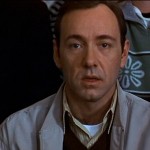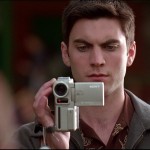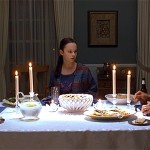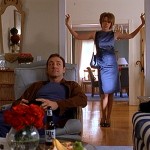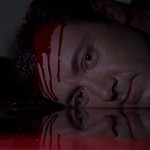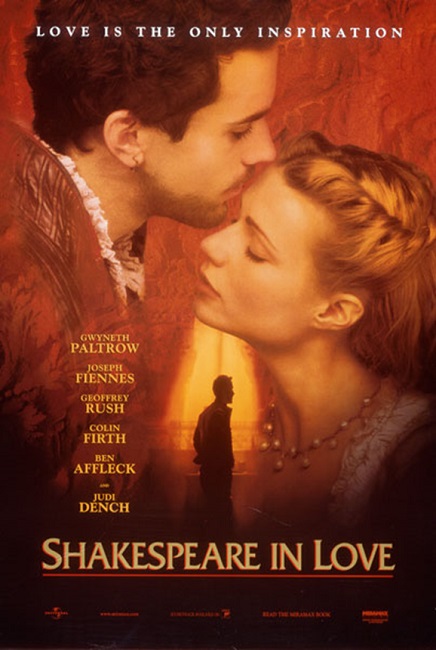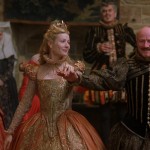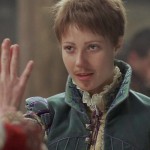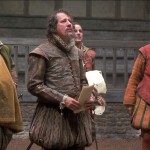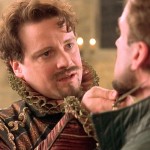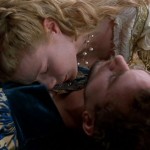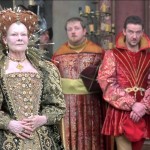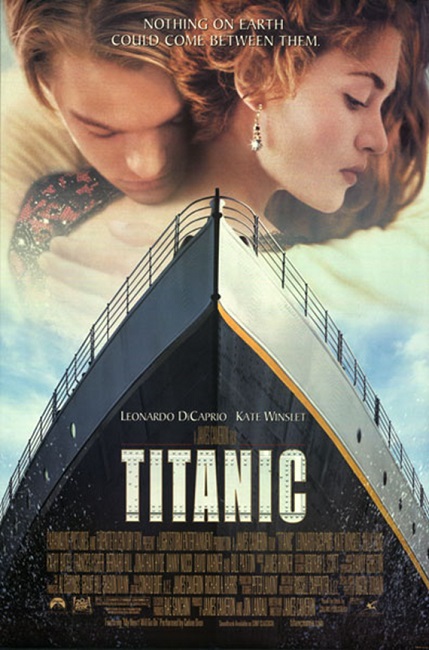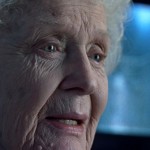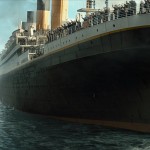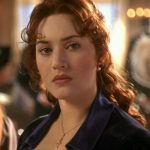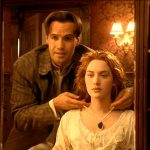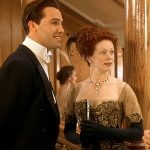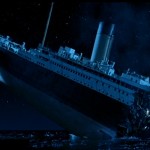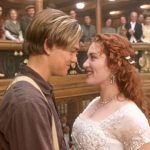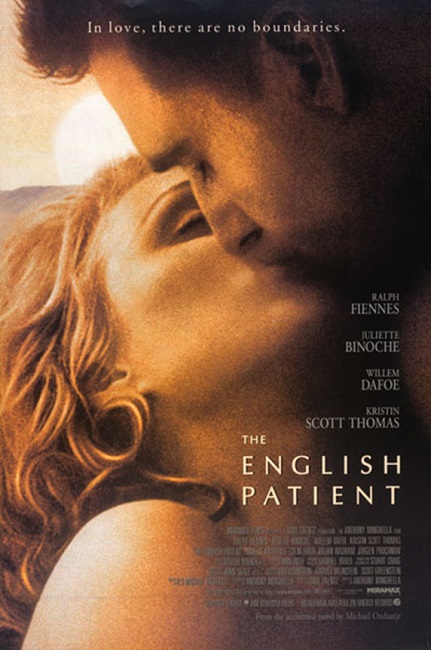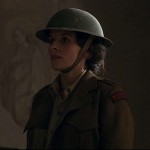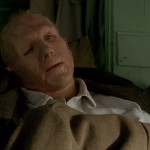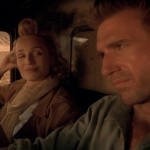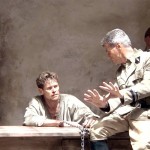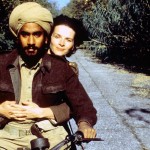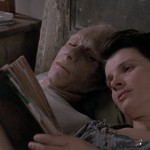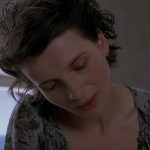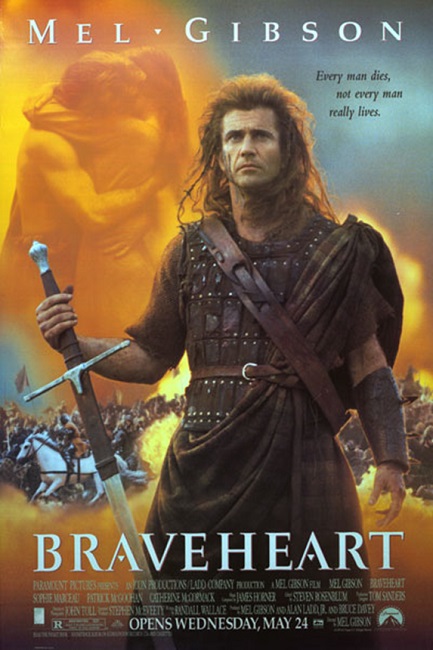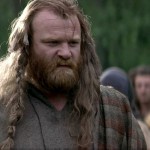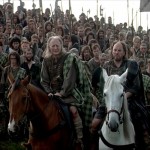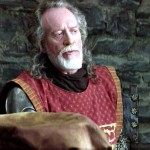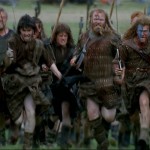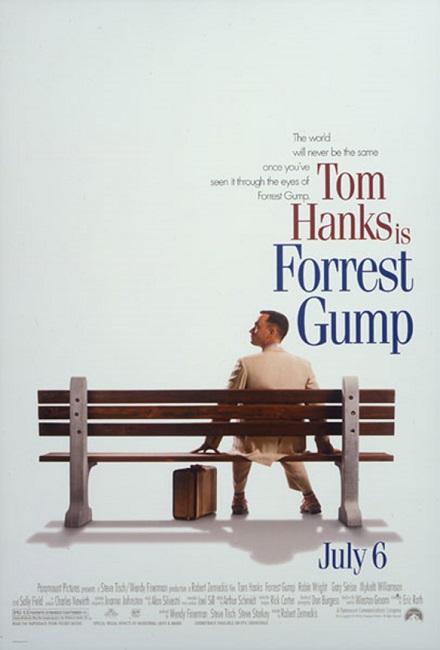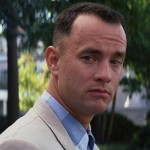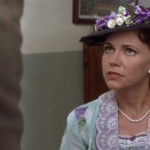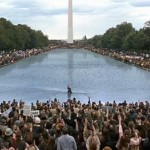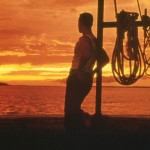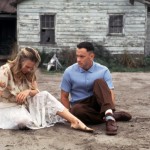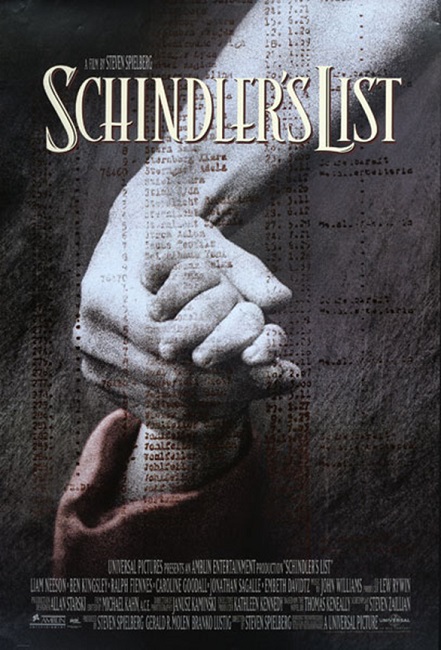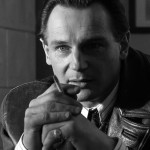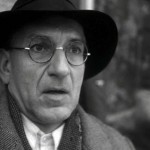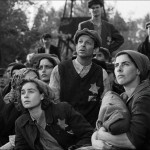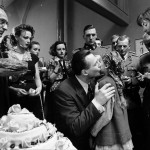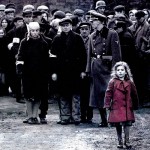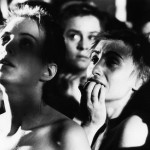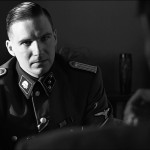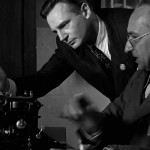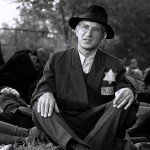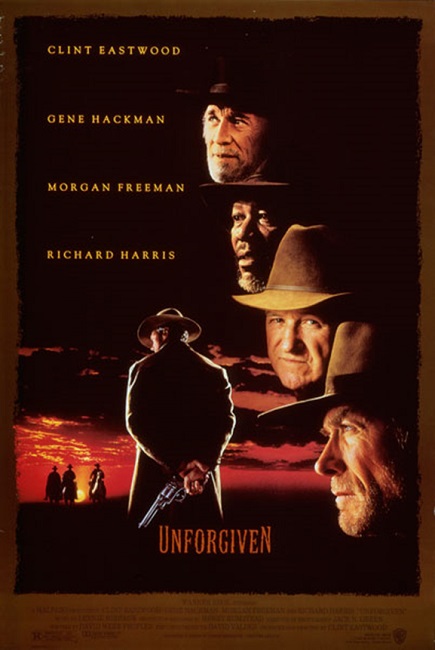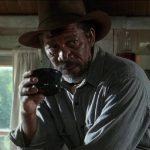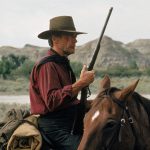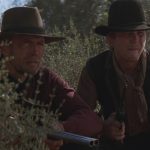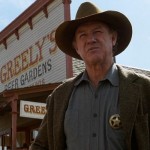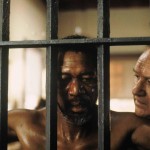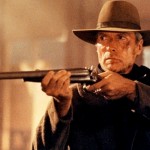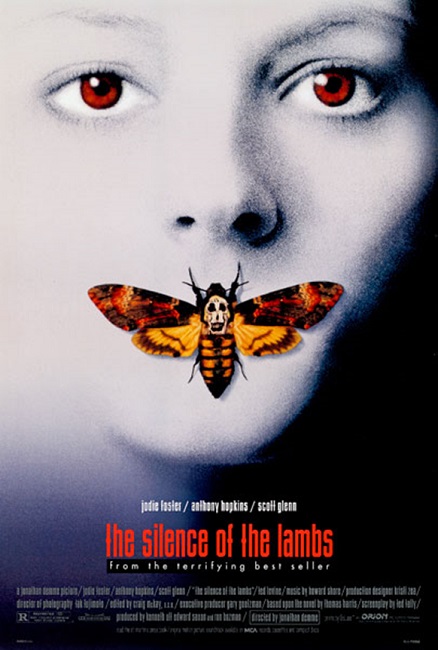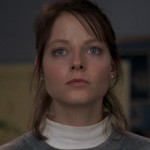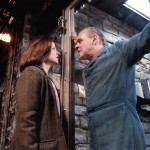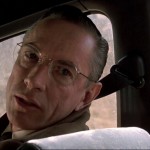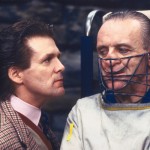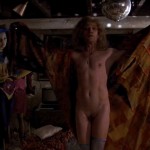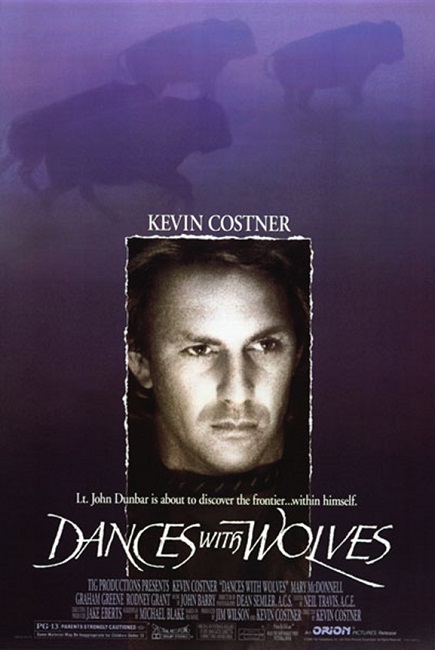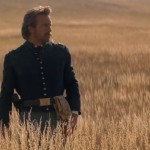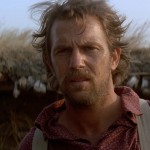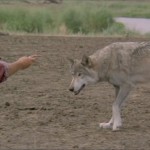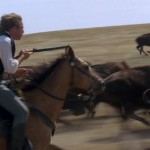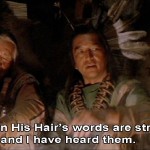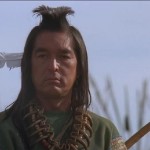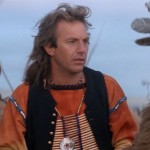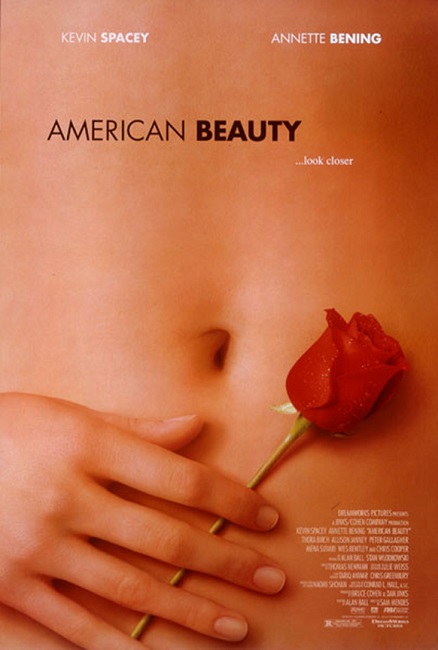
American Beauty – 1999
This winner was certainly a strange one. The story was engaging, the acting was incredibly good, the music was modern and unique, and the style was fascinating to watch. But the big question on everyone’s mind is what did it all mean? What was the movie about?
That’s the trouble – nobody knows. But that is also part of its genius. The point of the film is very much open to interpretation. Even the title of the film was left a bit ambiguous on purpose. I mean, American Beauty could mean any number of things. I remember seeing this movie when it first came out in theatres. I remember that I liked it, but I couldn’t put my finger on why.
The movie was nominated for 8 Academy Awards and won 5. It won for Best Picture, Best Director (Sam Mendez), Best Actor (Kevin Spacey), Best Original Screenplay, and Best Cinematography. Annette Benning was nominated for best Actress, and I found it surprising to learn that she did not win. She was incredible.
But let’s take a look at Spacey first. Spacey played the character of Lester Burnham. He is the guy who is average to a fault. He is a good and faithful husband. He supports his wife, played by Benning, and has difficulty relating to and communicating with his daughter Jane, played by Thora Birch. He has an average job which he hates, an average house in which he feels ignored. There is almost nothing about him that is interesting in any way, except for one thing: In the opening voice-over, he states quite casually that he will soon be dead. But even that doesn’t seem to matter because, in a way, he is dead already.
Immediately, you want to know why. Then you quickly get to know his family, his neighbors, his dreams, his fantasies, his struggle to revitalize his life, and the events that, by the end of the film, lead him to his demise. Spacey was very believable as Lester. He had a polite and calm exterior of civility that was punctuated with scathing quips of self-loathing and spiteful sarcasm that left no doubt: He was in no way a happy man. The movie has been billed as a comedy/drama, though the comedy, the way Spacey played it, was very dry and somehow dreadfully sad.
His character at the beginning of the film is almost difficult to watch because it is so easy to see a little bit of him in myself. I’d even go so far as to say that there is a little bit of Lester Burnham in most people. There are times when each of us is dissatisfied with our lives, and we feel trapped in an existence in which we never intended be. That is Lester. It has been a long time since the love had left his marriage and the highlight of his boring day is when he masturbates in the shower each morning.
Benning played Lester’s wife Carolyn. She is a mildly successful real-estate agent who has some serious psychological issues. She is a perfectionist with absolutely no tolerance for failure in anyone, least of all herself. She goes out of her way to display the perfect home, the perfect yard and the perfect image of everything she can. Lester’s average existence is a huge disappointment to her upon which she can only look down on in disgust and for which she can feel nothing but embarrassment.
You know that her extreme, obsessive-compulsive behavior is actually borderline psychotic when she fails to sell a house and breaks down in tears – something anybody might do if they fail to reach an important goal. But then she starts slapping herself across the face and calling herself horrible names, first for the failure, but then for the crying. This woman is on the verge of either murder or suicide.
Benning was incredible in those moments of rage and self-hate. She was scary and yet pitiful at the same time. She was wound up tighter than a snare drum and her mental breakdowns were heart-wrenching to watch. She was so over-the-top, and yet strangely believable. It is almost creepy how real her performance was.
Jane is a normal teenage girl in high-school. She is not overly-attractive or too popular. She is a cheerleader, and one of her friends on the squad is the beautiful blonde girl Angela, played by Mena Suvari. Here is where Lester begins to awaken. His life changes, both for the better and for the worse. Upon seeing Angela, he immediately falls in lust with her. He begins having erotic visions of this teenage girl who is flowering into womanhood. Images of rose petals begin bursting from her as he stares at her and imagines her cheerleading routine turning into a sexual dance performed for him alone.
I could go on, explaining the plot, but suffice to say his life changes in various ways. He becomes more confident, more aggressive, more confrontational and more self-serving. But everything that happens seems to point to a mid-life crisis taken to the extreme. His behavior throws the lives of his wife and daughter up in the air and turns them up-side-down.
Another few characters that I have to mention are the new neighbors, the Fitts family. Chris Cooper plays the father Frank, a retired Marine Corps Colonel. He is an abusive husband and parent, both mentally and physically, controlling his family with a strict and militant lifestyle. He has crazy fits of rage in which he beats his teenage son Ricky, played by Wes Bentley. Ricky is a high-school student who also happens to be a drug dealer, selling marijuana. As a result of the strict disciplinarian upbringing he endured under his father, he has spent time in a mental institution, though not for the reason you might think. He later becomes Jane’s boyfriend.
His mother is played by Allison Janney. She is a woman who has spent her entire adult life married to an abusive husband. She has no personality, no life in her eyes, and has been reduced to a near-catatonic state most of the time. Her role was small but frightening to watch. Janney is such a great actress and turned in a stellar performance. I have seen her in several other roles in films like Drop Dead Gorgeous (1999) and the wonderful TV show The West Wing. She is always a pleasure to watch. She was especially good in the scene in which Ricky leaves home. She has a moment of perfect clarity and understanding. She knows that she will never see him again and she is almost happy for him that he is getting out from under the fists of his abusive father. She calmly accepts his departure without any questions or protestations.
There are several other scenes in the movie which stood out to me as particularly well-acted or intense. There is a scene in which Lester quits his job in a most fantastic and memorable way. It is a way in which we all wish we could quit our jobs at one time or another. He blackmails his boss into awarding him a severance package of a year’s salary. He can be seen walking away from the office with a smile on his face and a sense of confidence and purpose.
Another intense scene is the fight that Lester has with his family when he tells them of his decision to quit his job. Benning and Spacey were especially good in this scene. Carolyn’s neuroses flare to an alarming size and Lester actually gets mad enough to throw a plate of food against the wall. Jane is forced to sit and witness the whole confrontation.
And then, there is the strange scene in which Colonel Fitts, mistakenly believing that his son Ricky is accepting money for having sex with Lester, goes to Lester who is lifting weights in his garage. In a strange and confusing moment of grief, Frank tries to kiss him. A confused Lester gently rebuffs him and he leaves without a word. I always got the impression that Frank was not really trying to seduce Lester. He was trying to understand his son whom he has just thrown out of his house. It was a bizarre scene and slightly unnerving.
And lest I forget, a great scene, and actually one of the actually funny scenes in the film is a scene in which Carolyn, along with her lover Buddy Kane, played by Peter Gallagher, are driving through the drive-through at a fast food restaurant. Lester, after having quit his job, has gotten a simple and yet satisfying job at the burger joint. As Carolyn pulls up to the window, Lester is there, catching her in the act while his shift manager watches and says “Whoa! You are so busted.” Carolyn snaps, “You know, this really doesn’t concern you,” to which Lester replies, “Well, actually, Janine is the Senior Drive-thru Manager so you are on her turf.” That scene was very well played.
I must also mention the music. The score written by Thomas Newman was interesting, modern, and unique… very much like the movie itself. It had a quirky and off-the–wall sound that could be very discordant and jarring one moment, and then very serious and incredibly introspective the next. I know Newman’s style from the soundtrack for the made-for-TV movie: Angels in America, and his theme music for the Television show Six Feet Under. He has an almost haunting style that is quite beautiful in its own way.
The film, with all its interesting characters and stories, is a hard one to figure out. It is one that makes you think and consider long after the end credits are done scrolling up the screen. According to Wikipedia, there are several themes in the film that can be examined. The film can be seen as being about imprisonment and escape from imprisonment. It might be about conformity and beauty. It could be about sexuality and repression. Some people say that it is a study of the secret life of the average middle-American while others say it is about finding beauty in the every-day world around you.
I tend to think that is about all these things. It is a movie that tells its stories on multiple levels at the same time. It is a layered film that reveals more and more the deeper into it you go. Each character is well written with a well-developed personality and a story of their own to tell. Like I said it was a strange one to win the Best Picture award, but I think it was definitely worthy of the honor. I’m just not yet sure if I have decided exactly why.
